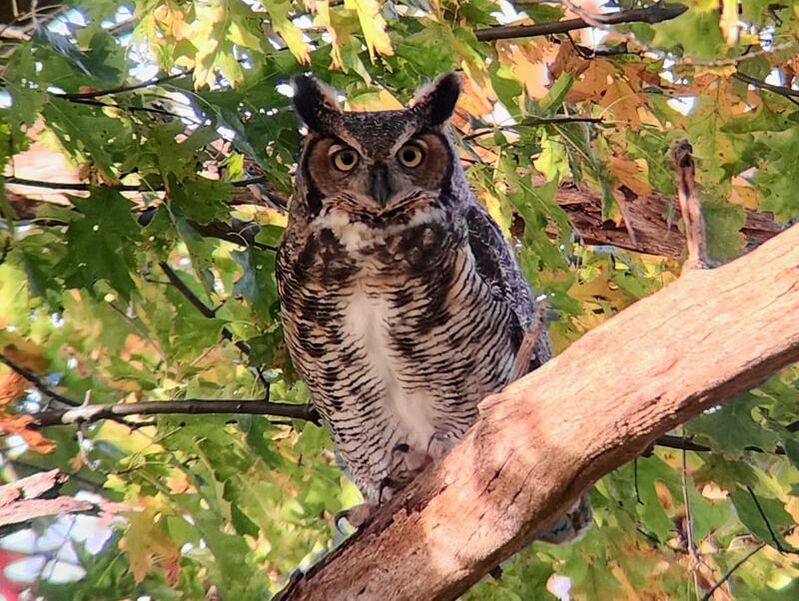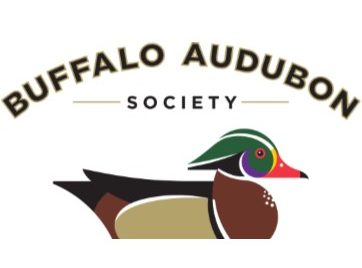Rodenticides are poison for more than just rats—they’re a death sentence for owls, hawks, and eagles.
When raptors eat poisoned prey, they unknowingly ingest fatal toxins. Nestlings, too, suffer the deadly consequences.
In fact, according to a 2020 study from Tufts Wildlife Clinic at Cummings School of Veterinary Medicine, 100% of red-tail hawks admitted to the clinic tested positive for exposure to rodenticides.
Tufts Now

There are safer, smarter solutions:
- Use snap traps instead of poison
- Seal entry points in your home
- Keep food stored safely to avoid attracting rodents
Protecting predators helps keep the whole ecosystem in balance.
Raptors, for example, often eat poisoned rats or bring them back to their nests to feed their young.
Additionally, rats can often return to bait boxes and eat poison for several days before they die—creating an even more dangerous dose of poison for the hawk or owl.
These risks are especially prevalent during nesting season, which begins in January for great horned owls and April for red-tailed hawks. Once their chicks hatch, parents work around the clock to bring in food and often travel farther when more is needed—increasing their chances of encountering rodenticide.
Being apex predators, birds of prey are vital to their ecosystems, and play a large role in controlling rodents on their own. Without them, humans would be faced with many more unwanted pests.
Now more than ever, it is vital to mitigate rodenticide use to protect birds of prey and foster a more bird-friendly city.
It’s best practice to opt for snap or glue traps as alternatives to rodenticides to minimize poisons in the food chain.
Interested in learning more?
Check out these related helpful resources:

Bird of Prey (2018)
An award-winning, conservation-focused documentary about raptors, by Neil Rettig

Raptors are the Solution (RATS)
Dedicated to educating the public about the dangers of toxic rodenticide use on the food web

Buffalo Audubon Society
Devoted to connecting with and protecting the natural world through bird-focused activities, advocacy, and habitat restoration